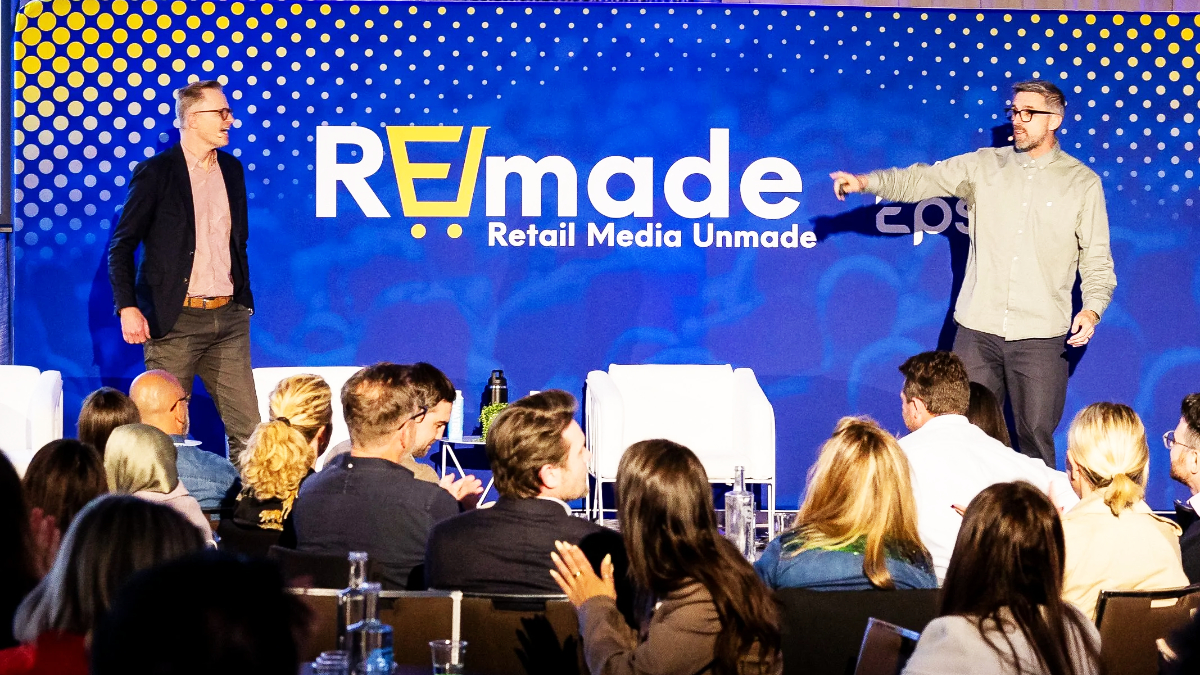In relation the a marketer's current marketing mix, comparing paid to owned, Hopkins said “the pendulum has swung too far” over to paid and a balanced approach is a much more effective way.”
Hopkins, who was recognised as one of Australian advertising's 40 under 40 by AdNews in 2013, said 100% of growth is derived through owned assets, adding that here is “no way a brand can grow sales without customers interacting with owned assets” - such as stores, packaging, websites, ambassadors, events, sponsorships, call centres and social media. “We believe customers have become disconnected from the brands they buy from - predominantly having a cold transactional relationship with brands versus a memorable exchange of value,” he said. “Marketers are over-served by advertising and PR agencies focused on the paid and earned media channels, but greatly under-served when it comes to the most important channel of all; owned media.” Brands like Telstra, Kellogg, Virgin, Microsoft, file exchange site WeTransfer and others are creating media businesses which grow and monetise their audiences across digital, physical and packaging footprints. We see no reason why others can’t follow.” Hopkins, who has three global clients on the books so far, which he can't yet name, said marketers Sonder asked admitted that their owned media assets are somewhat neglected – saying they over-invest time and energy in driving people to their business and under invest in converting and keeping them when they arrive. “At Sonder our approach is inside-out - prioritising owned asset communication to improve customer connections, drive sales and earn new revenue streams from audience monetisation,” Hopkins added. He said now is a new era for marketing, adding that 40% of the top 100 websites, by monthly traffic, are not being monetised. He said most packaged goods owners are “sitting on a gold mine”. Hopkins also explained that such additional revenue that can be earned from owned media only serves as a significant line item on any annual P&L sheet - “guaranteed to keep CEOs interested in their marketing department”. This article originally appeared on AdNews HERE[/vc_column_text][/vc_column][/vc_row]
[vc_row css_animation="" row_type="row" use_row_as_full_screen_section="no" type="full_width" angled_section="no" text_align="left" background_image_as_pattern="without_pattern"][vc_column][vc_column_text]The pendulum has swung too far when it comes to brands devoting too much marketing budget towards paid media, according to founding partner of Sonder Communications, Jonathan Hopkins.
Hopkins, who worked at UM for eight years, creating and managing communication strategies across various Coca-Cola and Unilever brands, said while top global firms such as Coke, Apple and Red Bull; and locally the likes of Telstra and CommBank, are prime examples of companies successfully leveraging their owned assets, far too many marketers aren't giving their owned brand properties the “love and attention” that's deserved
Hopkins, who left UM in 2005 for strategic media planning and buying agency Razor, stressed that while paid media is still vital, far too many agencies tend to give more of a “lip service” to clients, on this – instead choosing to add more weight to paid media.
Speaking to AdNews, he said Sonder, which launches today, is unique in that it is the first specialist owned-media consultancy in Australia focusing on finding solutions for the demands of the modern marketer – allowing them to unlock the true value of their owned media assets.
“In a world where audiences have fragmented, people are flocking to ad-free subscription services and ad-blocking is growing at 38% per annum - marketers need to find better ways to connect with customers,” Hopkins said.
“Sonder is unique in that it is the first specialist owned-media consultancy in Australia focusing on finding solutions for the demands of the modern marketer.”




